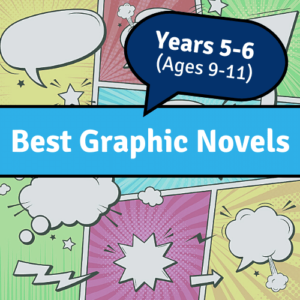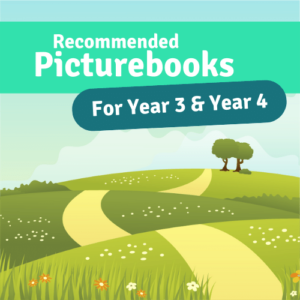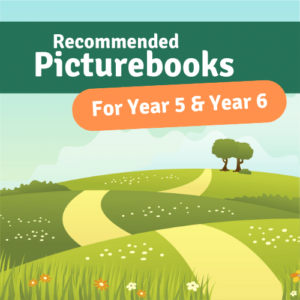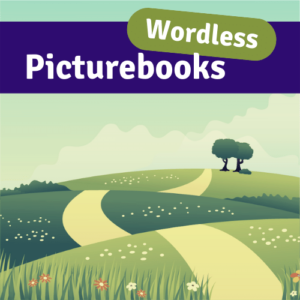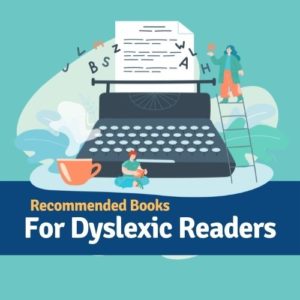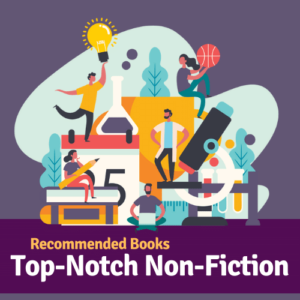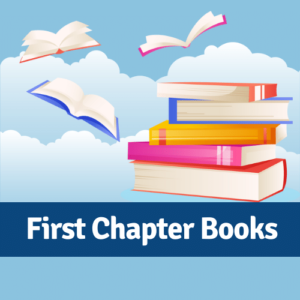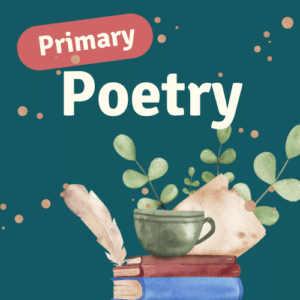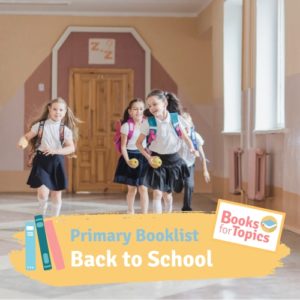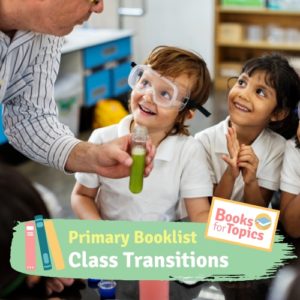Booklist: Best Graphic Novels for Children Aged 9-11
Graphic novels are longer stories written and illustrated in the style of a comic, combining a sequence of engaging visual elements that drive the plot, coupled with short pockets of text in the form of captions and dialogue. The format has seen a burst in popularity in recent years, and these books are seeing an increasing demand in primary schools. We’ve picked out a list of brilliant graphic novels that are most suitable for children aged 9-11…







